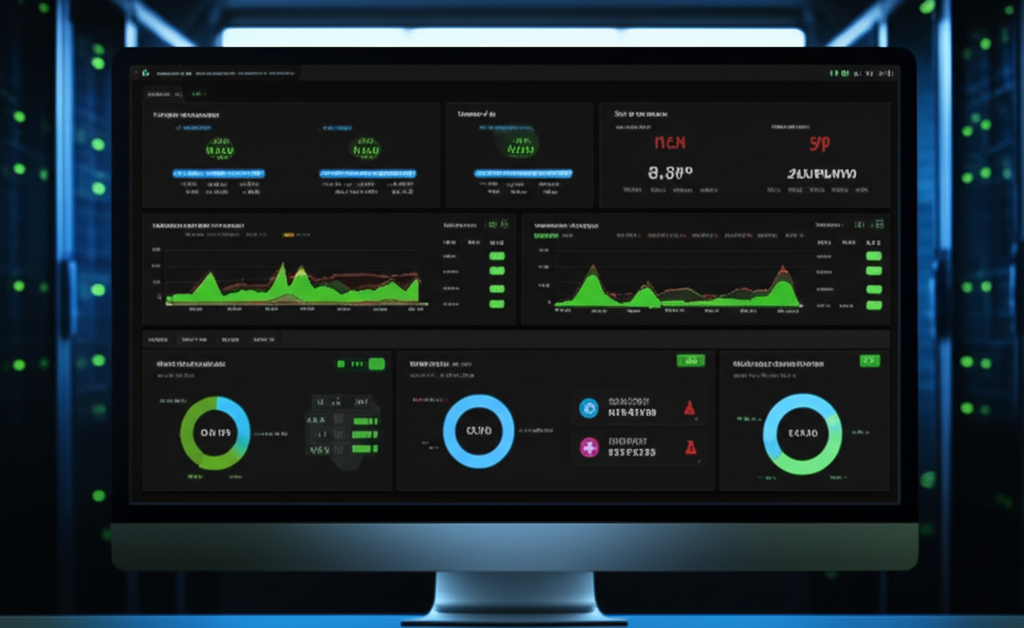Database performance is often the bottleneck in high-traffic applications. As your application scales, optimizing database performance becomes crucial for maintaining responsiveness and user satisfaction. This guide covers advanced techniques for database optimization.
Understanding Database Performance Metrics
Before optimizing, you need to understand what to measure:
- Query execution time
- Throughput (queries per second)
- Connection pool utilization
- Lock contention
- I/O wait times
- Memory usage
Indexing Strategies
Proper indexing is fundamental to database performance. However, indexes come with trade-offs - they speed up reads but slow down writes.
Types of Indexes
- B-tree indexes: Best for equality and range queries
- Hash indexes: Optimal for equality comparisons
- Bitmap indexes: Efficient for low-cardinality data
- Partial indexes: Index only rows meeting certain conditions
- Composite indexes: Cover multiple columns
Index Optimization Tips
- Create indexes on frequently queried columns
- Use composite indexes for multi-column queries
- Consider index order in composite indexes
- Remove unused indexes to improve write performance
- Monitor index usage and effectiveness
Query Optimization
Writing efficient queries is an art that requires understanding how the database engine processes them.
Query Optimization Techniques
- Use EXPLAIN/ANALYZE to understand query execution plans
- Avoid SELECT * - only fetch needed columns
- Use appropriate JOIN types
- Optimize WHERE clauses for index usage
- Consider query rewriting for better performance
- Use LIMIT for pagination instead of OFFSET for large datasets
Connection Pooling
Database connections are expensive resources. Connection pooling helps manage these resources efficiently:
- Set appropriate pool sizes based on your workload
- Monitor connection pool metrics
- Use connection validation to handle stale connections
- Consider read/write connection splitting
Caching Strategies
Caching can dramatically reduce database load:
Application-Level Caching
- Cache frequently accessed data in memory
- Use cache-aside or write-through patterns
- Implement cache invalidation strategies
- Consider distributed caching for multi-server setups
Database-Level Caching
- Query result caching
- Buffer pool optimization
- Materialized views for complex aggregations
Database Scaling Strategies
Vertical Scaling
Increasing the power of your existing database server:
- Add more CPU cores
- Increase RAM for larger buffer pools
- Use faster storage (SSDs)
- Optimize database configuration parameters
Horizontal Scaling
Distributing the load across multiple database servers:
- Read Replicas: Distribute read operations
- Sharding: Partition data across multiple databases
- Federation: Split databases by function
Monitoring and Maintenance
Ongoing monitoring is essential for maintaining optimal performance:
- Set up alerts for performance degradation
- Regularly analyze slow query logs
- Monitor resource utilization trends
- Perform regular database maintenance tasks
- Keep database statistics up to date
Advanced Techniques
Partitioning
Divide large tables into smaller, more manageable pieces:
- Range partitioning by date or numeric ranges
- Hash partitioning for even data distribution
- List partitioning for discrete values
Denormalization
Sometimes breaking normalization rules can improve performance:
- Store calculated values to avoid complex joins
- Duplicate data to reduce query complexity
- Use materialized views for complex aggregations
Conclusion
Database performance optimization is an ongoing process that requires continuous monitoring and adjustment. Start with proper indexing and query optimization, then consider scaling strategies as your application grows. Remember that premature optimization can be counterproductive - always measure before optimizing and focus on the biggest bottlenecks first.
